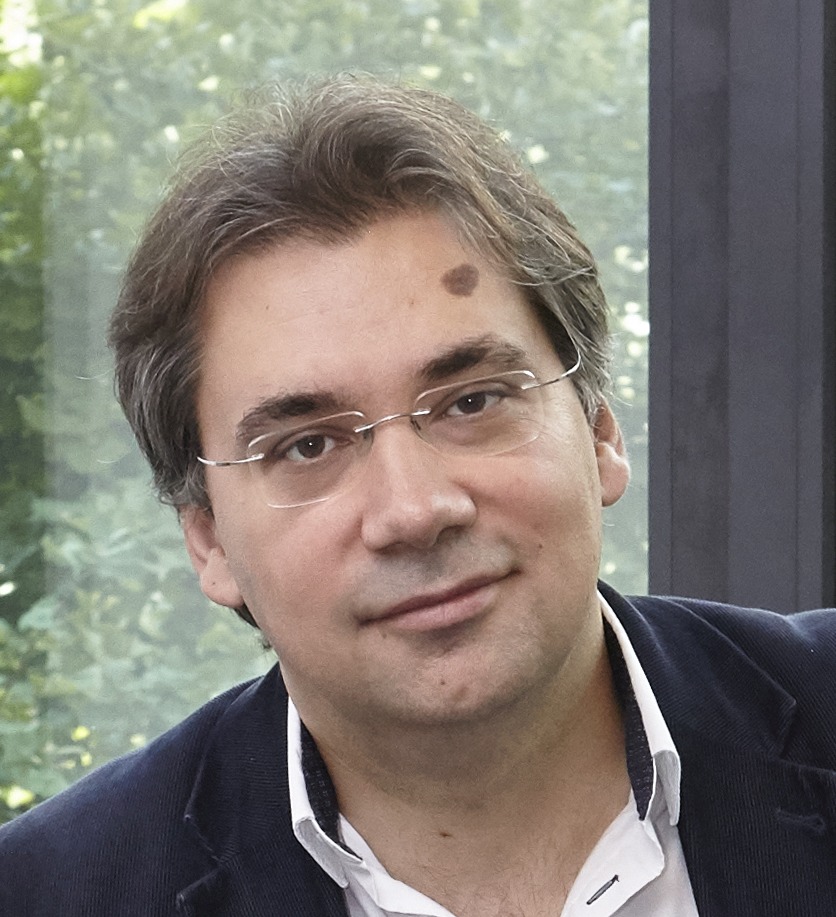About
I am a permanent senior researcher working at Institut Curie since 2005.
I co-lead and coordinate scientific projects of Computational Systems Biology of Cancer team inside Bioinformatics of Cancer department.
From 2019, I hold an interdisciplinary chair at Prairie - PaRis Artificial Intelligence Research InstitutE. PRAIRIE pursues fundamental research in core areas of AI as well as interdisciplinary work at its interface with sciences and applications. My research focus at PRAIRIE is at studying the geometry of high-dimensional spaces of multi-omics data, including single cell data which become abundant in biological research.
My university education was in theoretical physics (cosmology, models of closed Universe with conformal metrics). I did my PhD in computer science under supervision of Alexander Gorban on the subject of developing a computationally effective method of elastic maps for constructing non-linear principal manifolds by suggesting an optimization-based generalisation of self-organizing maps. After spending 3 years of post-doc in the French analogue of Advanced Studies Institute, Institut des Hautes Etudes Scientifiques (IHES), I got a permanent researcher position at Institut Curie with a mission to participate in building and defining strategy of a new systems biology research group.
I co-author about 100 peer-reviewed pubications, 3 books and 16 book chapters. I (co-)supervised 10 PhD students. I am an active scientific software developer. I have rich experience of scientific and industrial collaborations. I teach short courses on data integration and application of machine learning in cancer research. I constantly participate in organization of courses, workshops and conferences.
Computational Systems Biology of Cancer
Together with my group, I was involved in tens of small and large projects on application of systems biology approach to improve understanding of cancer progression and rationalize cancer treatment. We gained internationally recognized expertise in modeling biological networks, application of machine learning to cancer omics data and formalization of biological knowledge. Together we’ve developed many open source software packages for systems biology and biological data analysis, widely used by the academic community.
Methodology of machine learning and artifical intelligence
Over the past 20 years, I’ve been developing new and improving existing methods of machine learning aimed at tackling the complexity of multi-dimensional data point clouds. Together with my long-term collaborators from University of Leicester we develop scalable tools for robust dimensionality reduction, applicable for data distributions characterized by non-trivial complex structure and organization. We introduced methods of topological graph grammars and elastic principal trees and graphs. Based on ideas from tropical mathematics, we develop a theory of piece-wise quadratic function approximation and optimization which allows making many of existing machine learning methods faster and more robust to noise. We developed effective dimension estimates based on data point separability properties. We study the phenomenon of “blessing of dimensionality” for truely high-dimensional data distributions, and how it can be exploited for correcting legacy artificial intelligence systems without re-training them in real-life applications. One of the major applications of these mathematical tools today is for dealing with large-scale data coming from biomedicine; for example, from application of single-cell sequencing technology.
Dealing with complexity of biological systems through mathematical modeling
I have an extensive experience and long-term interest in the mechanistical modeling of biological systems. My special focus is on how one can create realistic dynamic models of large biochemical networks. I have long-term interest in model reduction (reducing complexity of mathematical models). With my group, we pioneered application of discrete (Boolean) modeling to cancer biology.
